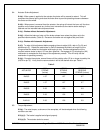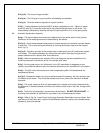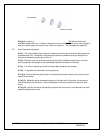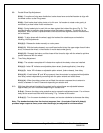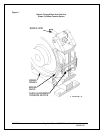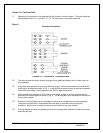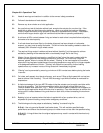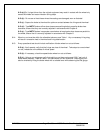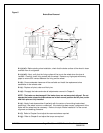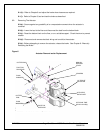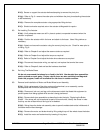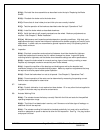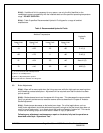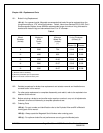
8.13.(a).(ii): Linings thinner than the original equipment may result in contact with the wheel only
across the middle and cause vibration during stops.
8.13.(b): Do no use re-lined shoes where the castings are damaged, worn or distorted.
8.13.(c): Square the brake to the wheel for optimum contact between the linings and the wheel.
8.13.(d): Type MST/E brakes utilize shoe clearance equalizing bolts to equalize brake shoe
clearance; ensure that they are correctly adjusted in accordance with Chapter 6.
8.13.(e): Type MST/E brakes incorporate a mechanism to keep brake shoe clearance parallel to
the wheel; ensure that it is correctly adjusted in accordance with Chapter 6.
8.14: Wheel run-out must be within the allowable tolerance; see Table 1. Any unnecessary lining drag
will result in excessive heat in the wheel and lining deterioration.
8.15: Every operational test should include verification of brake wheel run-out as follows:
8.15.(a): At all speeds, verify that the linings are clear of the wheel. Take steps to correct wheel
run-out, imbalance or the effects of critical speed.
8.15.(b): If necessary, check low speed brake wheel run-out as follows:
8/17/2006 Page 25 of 33 MST/E Electric Shoe Brakes Manual
560022-R6
8.15.(c): Using a run-out gauge, verify that radial run-out does not exceed 0.001” per inch of
brake wheel diameter. Refer to Table 1 for brake wheel run-out allowance. Bearing play can
also be checked by lifting the brake wheel with a suitable lever while observing the dial gauge.



